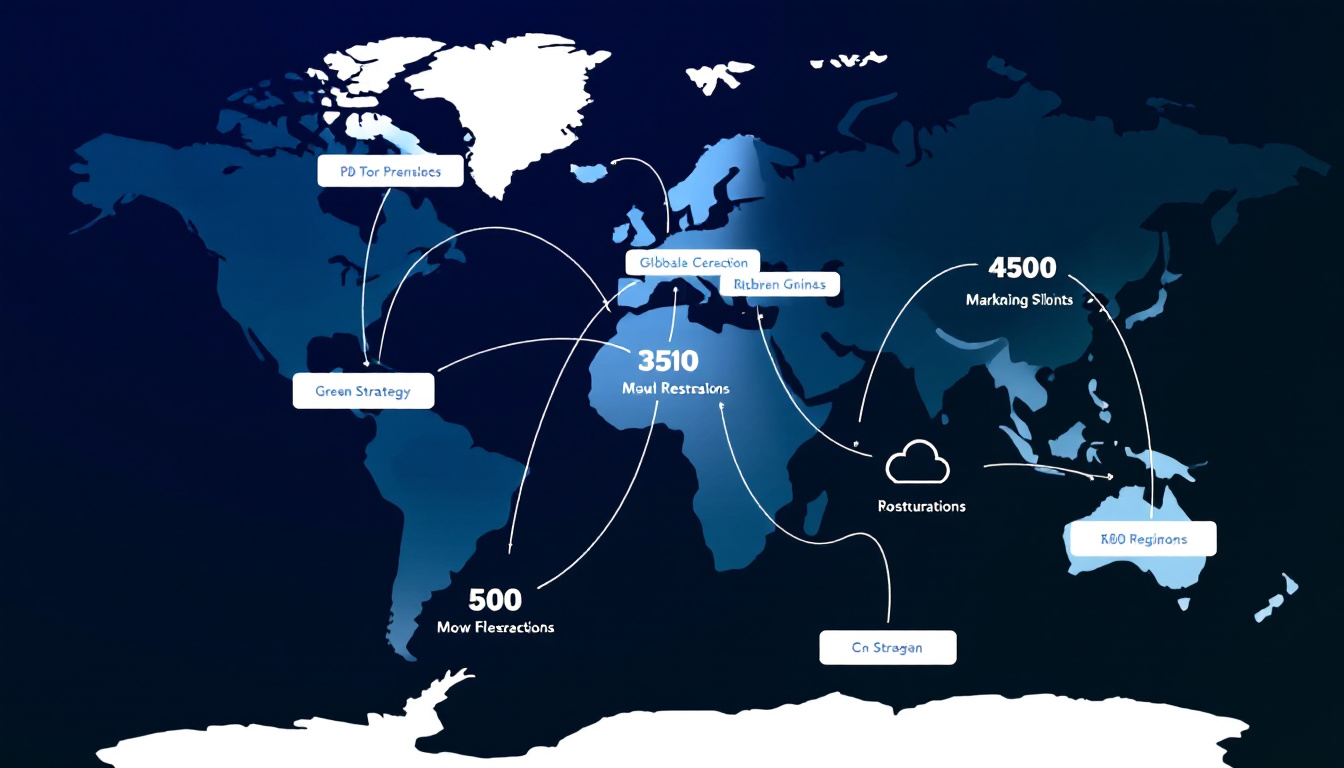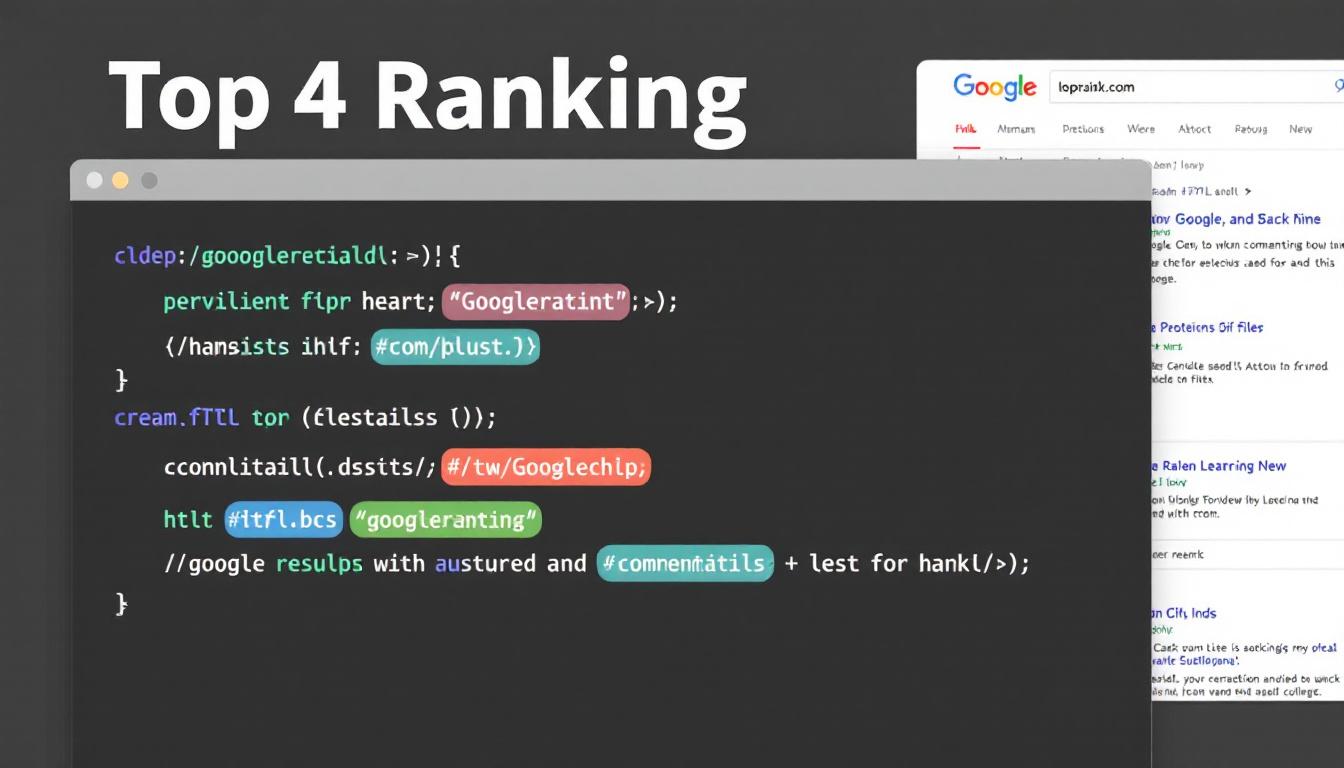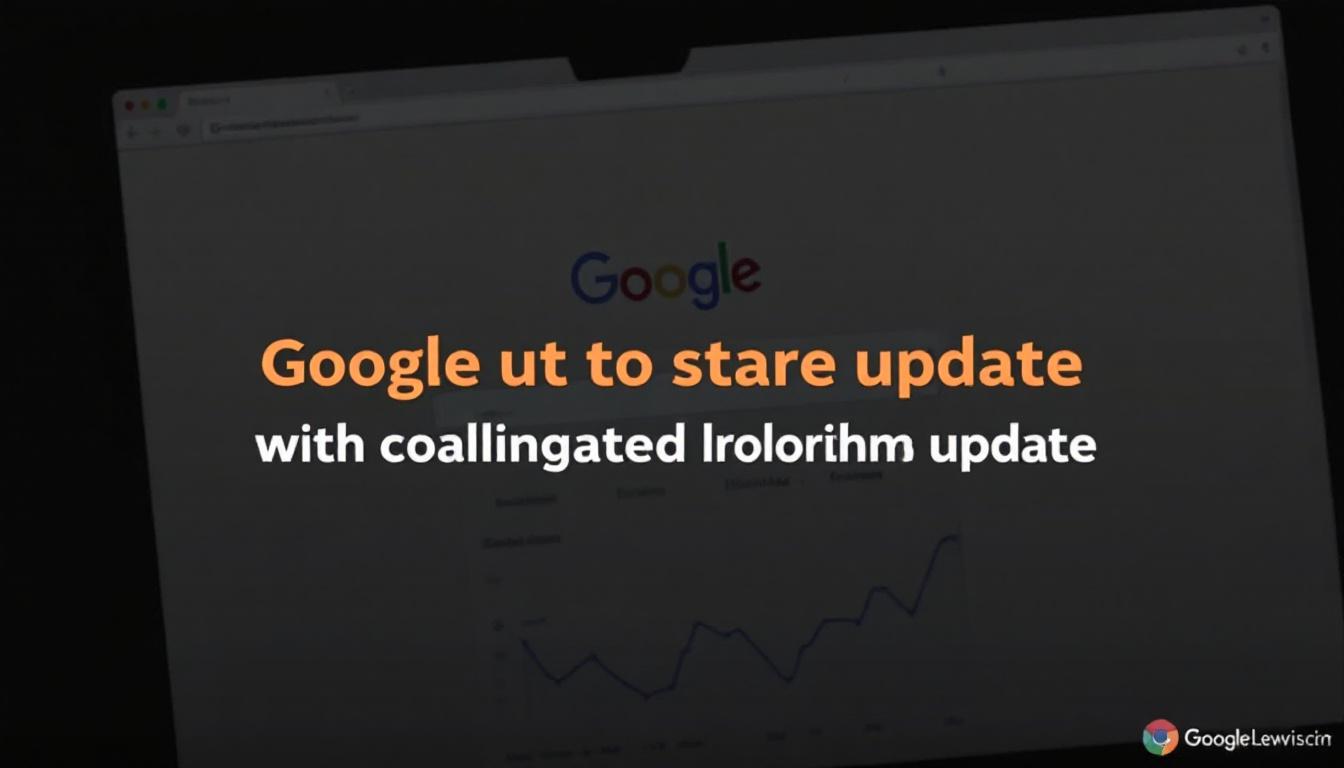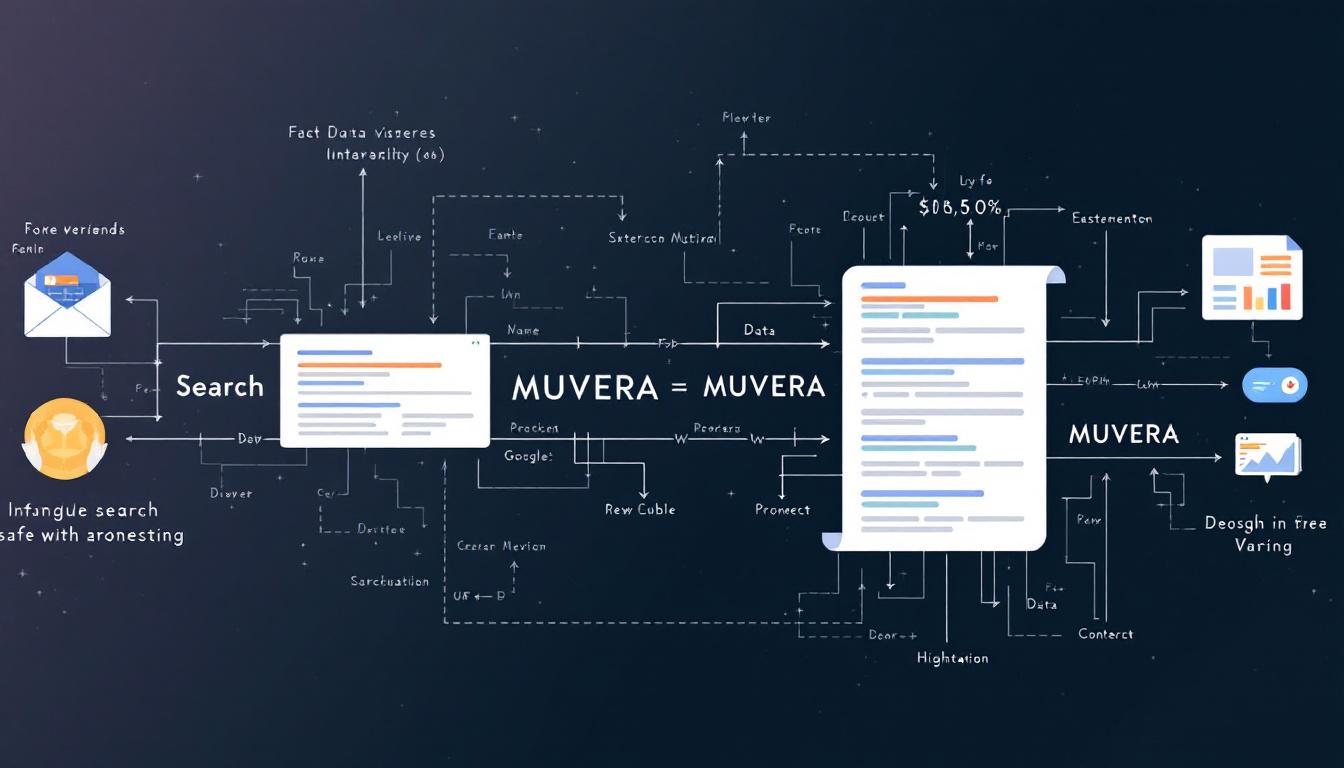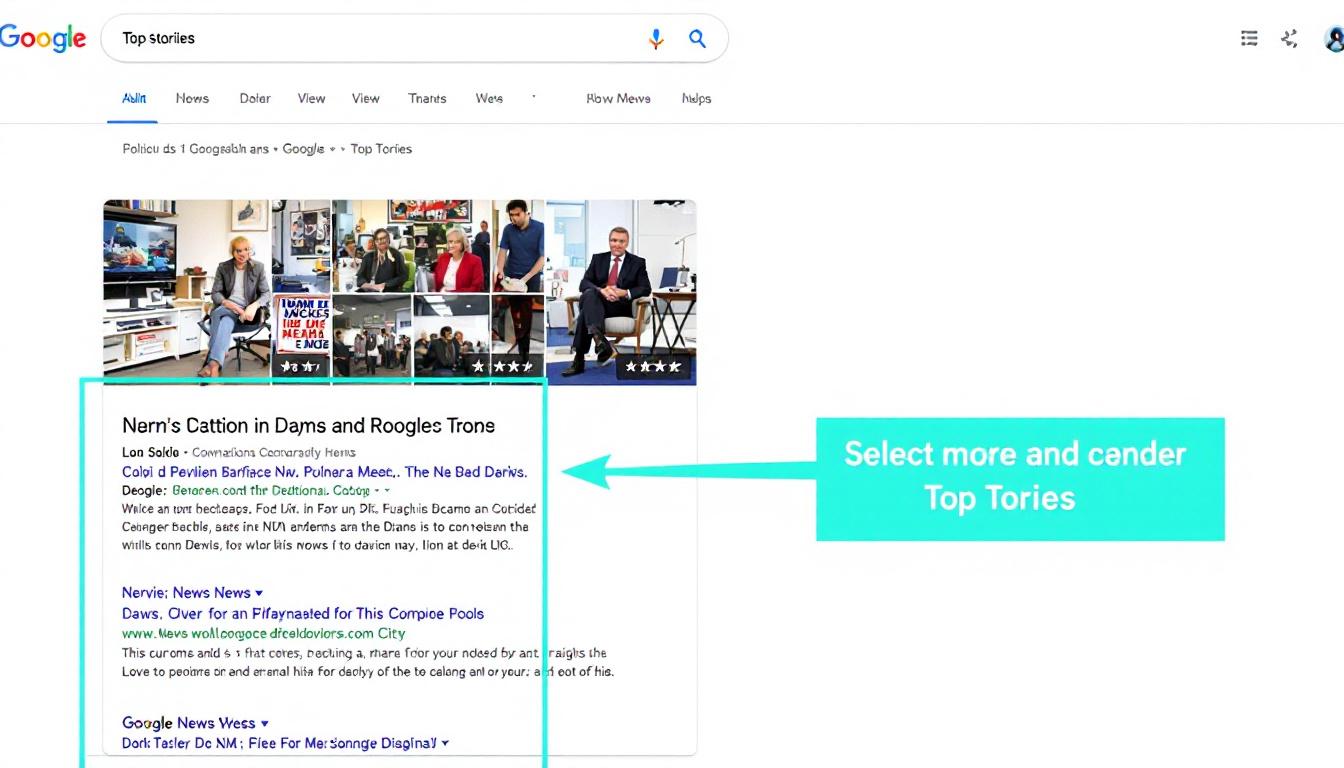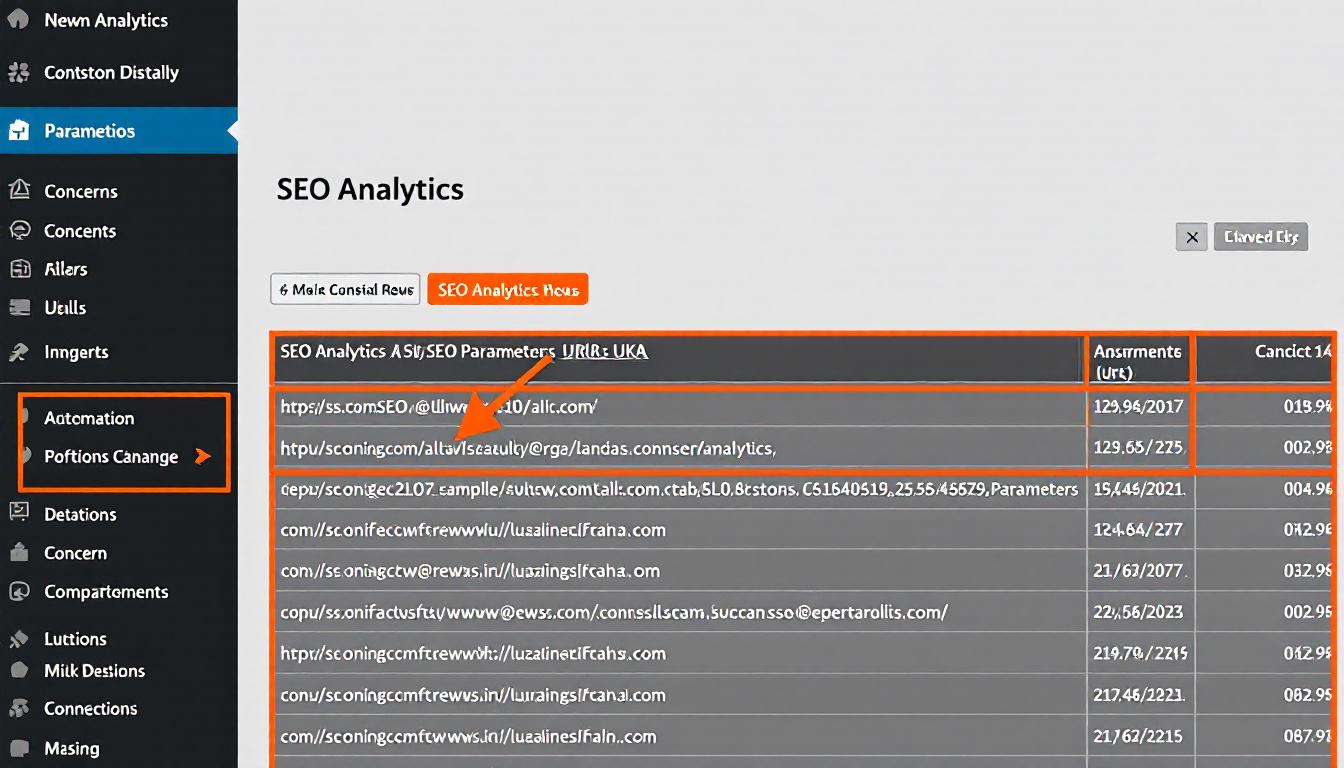A recent discussion between SEO specialist Neil McCarthy and Google’s John Mueller has shed light on the functioning of hreflang tags.
SiteGuru
Elevate and track your website's performance with a practical SEO action plan.
This interaction underscores Google’s stance on hreflang as a mere suggestion rather than a strict directive, influencing how canonical tags affect international SEO strategies.
French-Belgian Pages Appearing in France Searches
McCarthy noticed an anomaly where web pages designated for French-Belgian users were showing up in search results from France, prompting questions about Google’s handling of hreflang annotations.
Google’s Response to hreflang Usage
In response, Mueller provided insights into the nuances of hreflang implementation and indexing behaviors.
“Hreflang serves as an indicator for potential indexing but doesn’t ensure the inclusion of all variants.
When multiple language-region versions exist, Google may choose a single canonical URL, especially if they are similar,” Mueller explained.
Mueller further elaborated that in cases where language variations are minimal, Google’s systems might opt to prioritize one version over others, effectively consolidating search results under a single canonical URL.
Critical Insights
Understanding how Google interprets hreflang and canonical tags is essential for optimizing international SEO efforts.
Hreflang Functions as a Recommendation
Instead of enforcing specific pages to appear in targeted regions, hreflang acts as a guidance tool for search result placement.
This means that while hreflang tags inform Google about the intended audience, the search engine may still display alternative versions if deemed more relevant.
Canonical Tags Influence URL Selection
When multiple similar pages exist, canonical tags play a significant role in determining which URL is prioritized in search results.
If different regional pages share substantial similarities, Google is likely to choose one as canonical, which becomes the primary URL for indexing and analytics.
Simplification for Identical Languages
When pages are in the same language but target different regions, Google may streamline the display to avoid redundancy.
Even if hreflang correctly identifies the regional variant, metrics and reporting may aggregate under the canonical URL, potentially obscuring the performance of individual pages.
The Bottom Line
For teams managing international SEO, it’s crucial to differentiate regional pages with unique content to prevent Google from consolidating them under a common canonical URL.
Regularly verifying canonical declarations in Google Search Console and utilizing tools to simulate searches from various locations can ensure that the correct pages are displayed to the intended audiences.
By staying informed about Google’s treatment of hreflang and canonical tags, marketers can refine their strategies to enhance regional visibility and performance.
